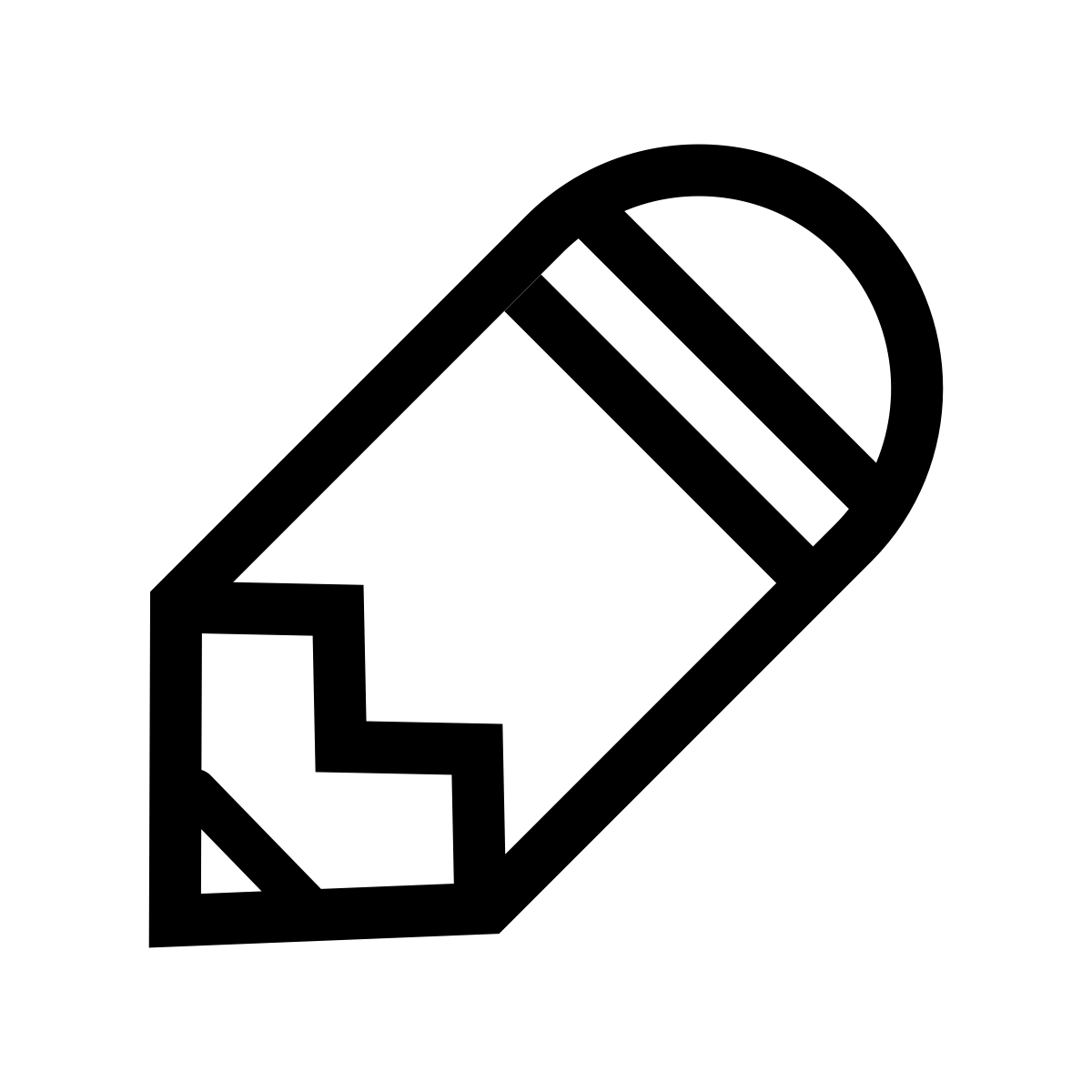

3D animation works in a completely different way than traditional animation. They both require an understanding of the same principles of movement and composition, but the technical skill set is very different for each task. 3D animation is more similar to playing with puppets rather than drawing.
3D animation, also referred to as CGI, or just CG, is made by generating images using computers. That series of images are the frames of an animated shot.The animation techniques of 3D animation has a lot of similarities with stop-motion animation, as they both deal with animating and posing models, and still conforms to the frame-by-frame approach of 2D animation, but it is a lot more controllable since it’s in a digital work-space.
Instead of drawn or constructed with clay, characters in 3D animation are digitally modeled in the program, and then fitted with a ‘skeleton’ that allows animators to move the models.
Animation is done by posing the models on certain key frames, after which the computer will calculate and perform an interpolation between those frames to create movement.
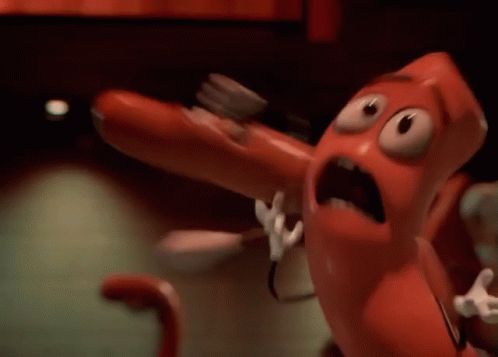

In the 1970s CGI technology really gained a foothold within the entertainment community. 2D animator Peter Foldes created the first CGI animated short film, drawn on a data tablet. Foldes also used the world’s first key frame animation software, released in the same year as the short film by Nestor Burtnyk and Marceli Wein.

The first 3D computer-generated imagery was created for the film Futureworld, in 1976. In the specific scene the hand and face of the actor was enhanced with the help of CGI technology. Futureworld made use of so called 2D digital compositing, in order to materialize characters over the background.
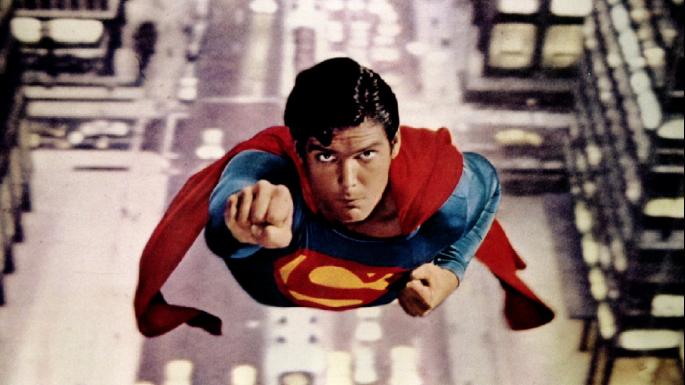
Superman: The Movie (1978) conceived the first computer-generated title sequence

The 1980s saw an explosion of CGI achievements. The most important milestones was the invention of the Genesis effect that was used to depict highly outlandish landscapes. One of the most notable appliations was in TRON, where 15 minutes of fully rendered CGI footage featured the famous lightcycle scene
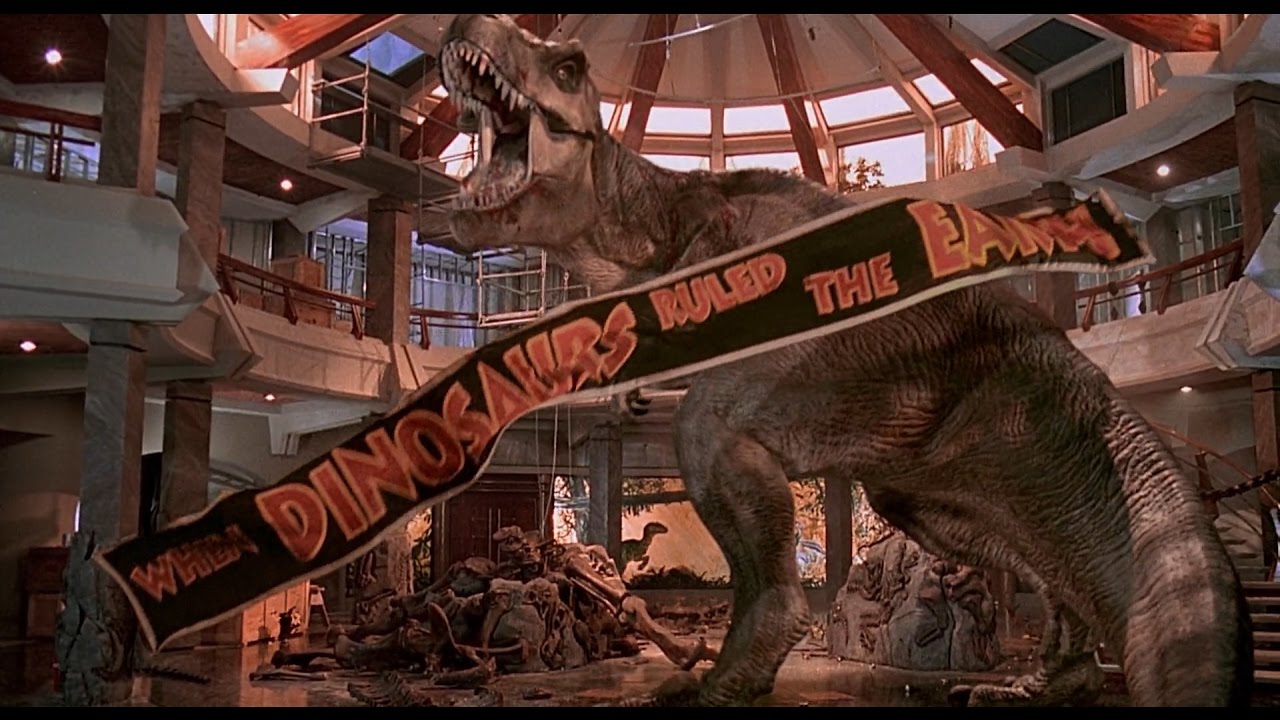
In 1993, Steven Spielberg raised the bar by creating the first photo realistic computer-generated creatures in Jurassic Park.
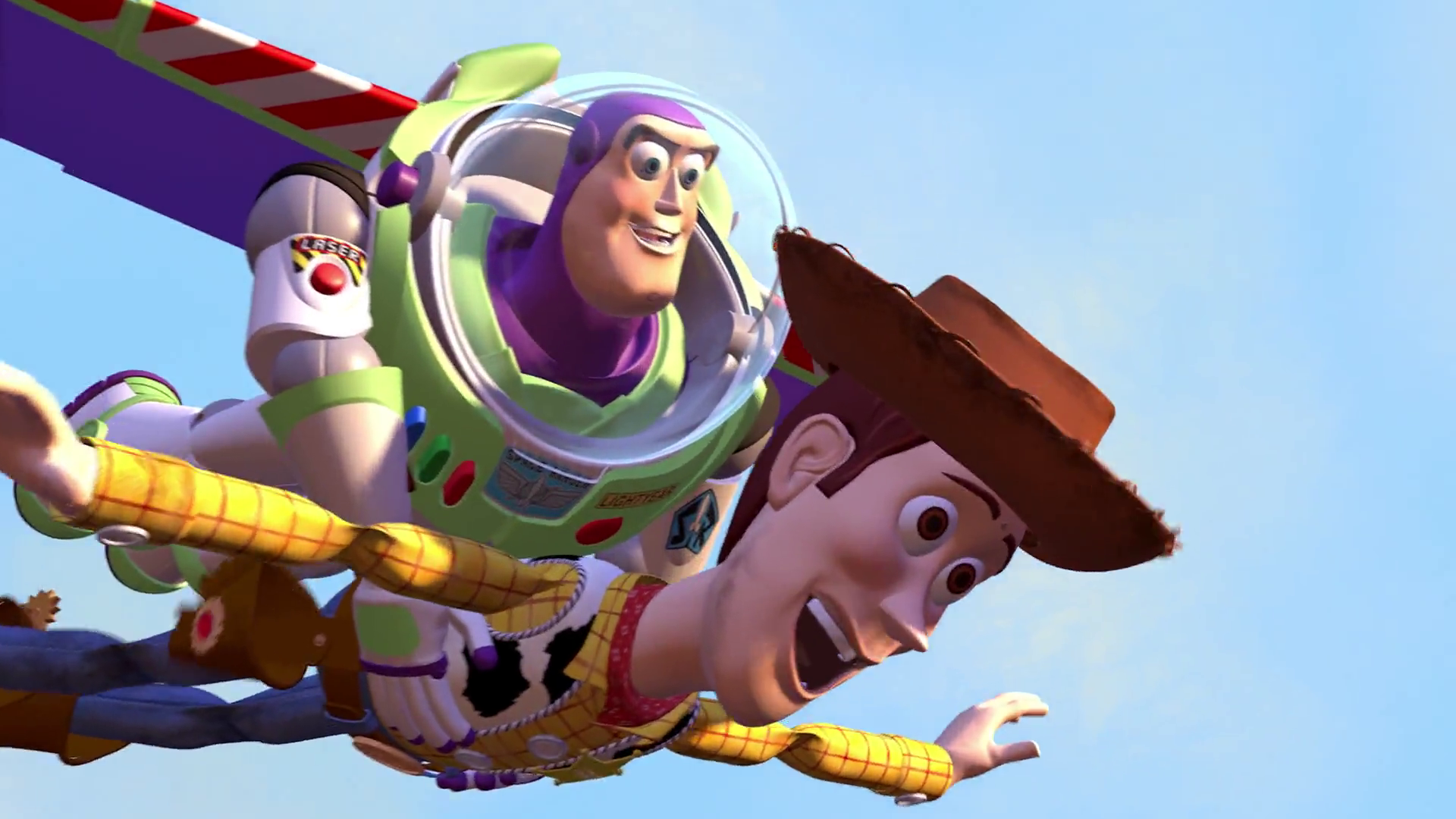
In 1995 Toy Story got the title of being the first fully CGI animated movie and the 1990s CGI era ended with the blockbuster The Matrix (1999), which was the first movie to use the so called bullet time effect.
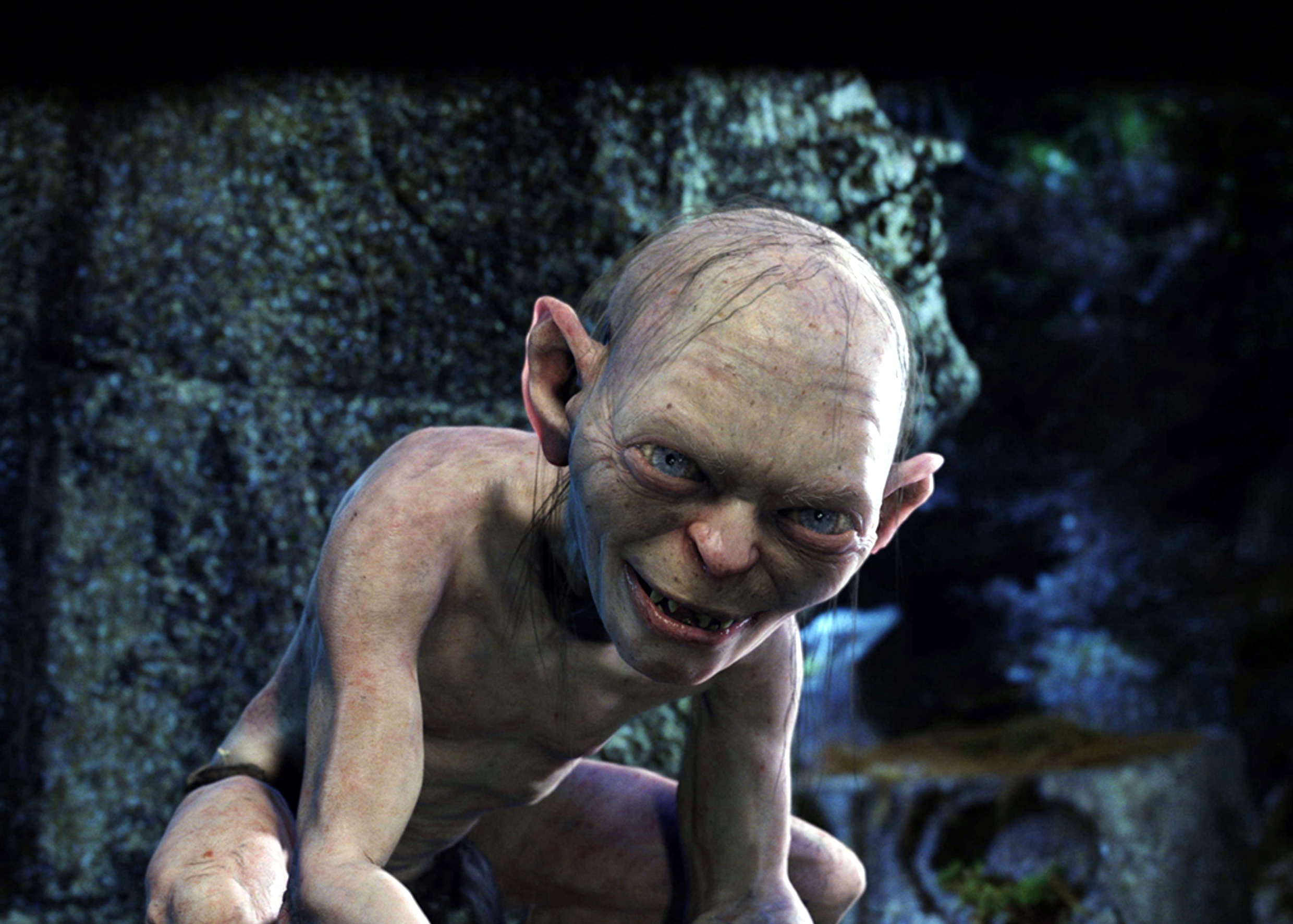
Lord of the Rings was the first movie to make use of artificial intelligence for its digital characters, while it also introduced the first photo realistic motion captured character with the creation of Gollum.
In 2009 the creators of Avatar pushed CGI to the highest level yet, creating a movie that was entirely conceived with a technique called performance capture, transforming multiple actors into photo realistic 3D characters.